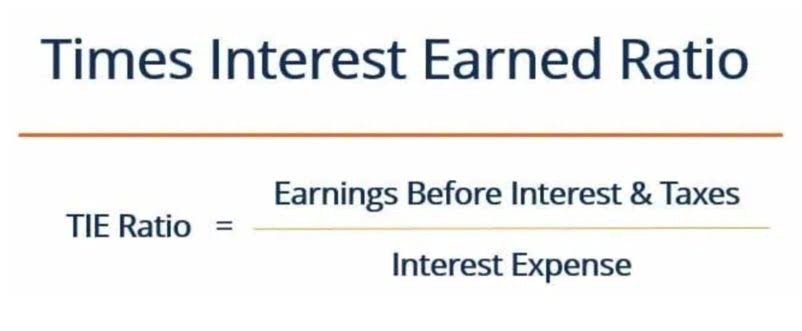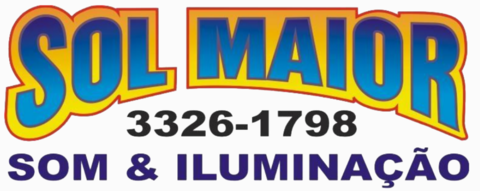3: How Is Process Costing Used to Track Production Costs? Business LibreTexts


Total cost of pigment dispersing department which comes to be $36,250 ($10,000 + $1,250 + $25,000), is transferred to let down department. The articles and research support materials available on this site are educational and are not intended to be investment or tax advice. All such information is provided solely for convenience purposes only and all users thereof should be guided accordingly. Finance Strategists has an advertising relationship with some of the companies included on this website. We may earn a commission when you click on a link or make a purchase through the links on our site. All of our content is based on objective analysis, and the opinions are our own.


Direct or Indirect Material
Cost accounting is helpful because it can identify where a company is spending its money, how much it earns, and where money is being lost. Cost accounting aims to report, analyze, and lead to the improvement of internal cost controls and efficiency. Even though companies cannot use cost-accounting figures in their financial statements or for tax purposes, they are crucial for internal controls. In contrast to general accounting or financial accounting, the cost-accounting method is an internally focused, firm-specific system used to implement cost controls. Cost accounting can be much more flexible and specific, particularly when it comes to the subdivision of costs and inventory valuation.


Process Costing System: Examples, Methods, and Steps


The contribution margin, calculated as the sales revenue minus variable costs, can also be calculated on a per-unit basis in order to determine the extent to which a specific product contributes to the overall profit of the company. To illustrate this, assume a company produces both trinkets and widgets. The trinkets are very labor-intensive and require quite a bit of hands-on effort from the production staff.


Accounting for Managers
Even though you are confident in the percentages used to prepare the production cost report, which appears as follows, the president insists that his change is minor and will have little impact on how investors and creditors view the company. A batch is defined as each time a quantity of materials is added to the first point of production to keep the workflow going. Direct costs accumulate https://www.bookstime.com/management-accounting and indirect costs are applied to the batches as they move through the production processes. Eventually, costs are averaged over the units produced during the period to determine the cost of one item. Coca-cola is a carbonated drink bottling company that specializes in unique flavors. The carbonated drinks that the company produces pass through several production departments.
- However, since the production process takes three weeks to complete, all the units produced in the last half of March will be in WIP inventory at the end of March.
- The Coca-Cola Company is one of the world’slargest producers of nonalcoholic beverages.
- According to the company, more than 11,000 of its soft drinks are consumed every second of every day.
- Cost-accounting methods are typically not useful for figuring out tax liabilities, which means that cost accounting cannot provide a complete analysis of a company’s true costs.
- That is, the production and processing of products begin in Department A. From Department A, products go to Department B. Department B inputs direct materials and further processes the products.
Would you prefer to work with a financial professional remotely or in-person?
- The finished material of one process constitutes the raw material of the next.
- The next picture shows the cost flows in a process cost system that processes the products in a specified sequential order.
- You’ll also learn the concepts of conversion costs and equivalent units of production and how to use these for calculating the unit and total cost of items produced using a process costing system.
- The next step in a process cost system is to calculate the equivalent units in order to account for items that are unfinished at the end of each period.
- Marginal costing (sometimes called cost-volume-profit analysis) is the impact on the cost of a product by adding one additional unit into production.
Companies usually make use of this method in a process costing system when it is time-consuming or not convenient to collect the current information about the real costs. The total cost of the product that is arrived at at the end of the period is allocated according to the number of completed and process costing unfinished products (equivalent units). This is done by dividing the total cost of the products by the number of units. In a process costing system, an item cost is determined by tracking the cost of each stage in the production process, rather than tracking the costs for each individual item.
Understanding the company’s organization is an important first step in any costing system. When the popular size 5A stick is manufactured, the hickory stored in the materials storeroom is delivered to the shaping department where the wood is cut into pieces, shaped into dowels, and shaped into the size 5A shape while under a stream of water. The sticks are dried, and then sent to the packaging department, where the sticks are embossed with the Rock City Percussion logo, inspected, paired, packaged, and shipped to retail outlets such as Guitar Center. Standard costing Standard costing is one of the most common costing methodologies employed by manufacturing operations. Standard costing methodology requires manufacturers to establish “standard” rates for materials and labor that are used in production and/or inventory costing. These costing methodologies establish how inventory is costed (valued) each time new inventory is added to an inventory pool.
